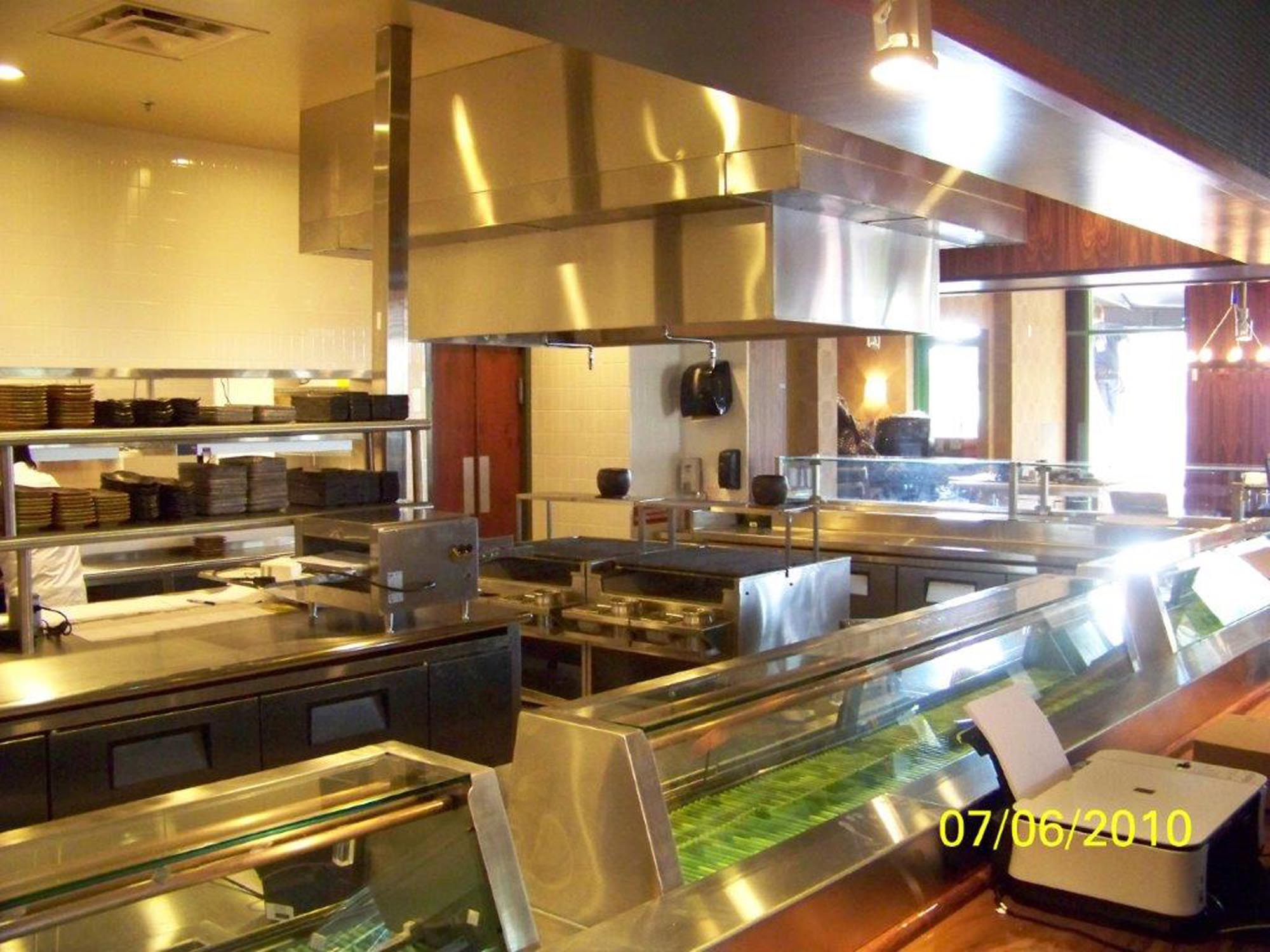
Designing a commercial kitchen is no small feat. It requires careful planning, attention to detail, and a deep understanding of how a restaurant kitchen operates. From the layout and flow of the space to the selection of equipment and fixtures, every decision made in the design process will ultimately impact the efficiency and success of the kitchen.
Whether you are opening a new restaurant, renovating an existing kitchen, or simply looking to optimize your current setup, understanding the ins and outs of restaurant kitchen design is crucial to your business’s success.
1. Space Planning: The Foundation of Restaurant Kitchen Design
One of the most important aspects of commercial kitchen design is space planning. The kitchen layout will determine how efficiently and smoothly the kitchen operates. When designing a restaurant kitchen, it is essential to consider the workflow and traffic patterns of the space. A well-thought-out kitchen layout will allow for a seamless flow of food preparation, cooking, plating, and cleaning.
Key considerations in space planning include the placement of cooking equipment, workstations, storage areas, and food preparation areas. Creating designated zones for each task is important to minimize cross-traffic and congestion in the kitchen. Additionally, ample space should be allotted for staff to move around comfortably and safely, reducing the risk of accidents and injuries.
2. Equipment Selection: Choosing the Right Tools for the Job
Selecting the right equipment is crucial in commercial kitchen design. The type and quantity of equipment needed will depend on the size and scope of your operation. When choosing equipment, it is crucial to consider factors such as capacity, energy efficiency, durability, maintenance requirements, and safety features.
When designing a restaurant kitchen, it is recommended to invest in high-quality, commercial-grade equipment built to withstand the demands of a busy kitchen. Each piece of equipment plays a critical role in the kitchen’s overall functionality, from ovens and grills to refrigeration units and dishwashers. Additionally, it is important to consider equipment placement in relation to workflow and ensure adequate space for ventilation and safety clearance.
3. Ergonomics: Designing for Comfort and Efficiency
Ergonomics is an essential consideration in commercial kitchen design, as it directly impacts the comfort and productivity of kitchen staff. By designing the kitchen with ergonomics in mind, you can create a safer and more efficient work environment for your employees. Key considerations include:
- The height of countertops and work surfaces.
- The placement of equipment and tools.
- The layout of the kitchen to minimize repetitive motions and strain on the body.
By designing an ergonomically sound kitchen, you can help reduce the risk of injuries and fatigue among your staff, improving morale and productivity. Additionally, an ergonomic kitchen can increase efficiency and speed up the food preparation process, ultimately enhancing the overall dining experience for your customers.
4. Hygiene and Food Safety: Prioritizing Cleanliness in Restaurant Kitchen Design
Maintaining high standards of hygiene and food safety is paramount in commercial kitchen design. A clean and well-maintained kitchen not only ensures the health and safety of your customers but also reflects positively on your business’s reputation. When designing a restaurant kitchen, it is important to consider factors such as proper ventilation, drainage, and sanitation practices to prevent cross-contamination and foodborne illnesses.
To promote hygiene and food safety in the kitchen, it is recommended that you invest in stainless steel fixtures and surfaces that are easy to clean and disinfect. Regular maintenance and cleaning schedules should also be implemented to keep the kitchen pristine. You can create a safe and sanitary environment for food preparation and service by prioritizing cleanliness in your kitchen design.
5. Sustainability: Designing a Green Kitchen for the Future
In today’s environmentally conscious world, sustainability is an increasingly important consideration in commercial kitchen design. Incorporating eco-friendly practices and equipment into your kitchen design can reduce energy consumption, water usage, and waste generation, leading to cost savings and environmental benefits.
When designing a sustainable restaurant kitchen, consider investing in energy-efficient appliances, water-saving fixtures, and recycling programs. Additionally, sourcing local and organic ingredients can help reduce your carbon footprint and support community producers. By designing a green kitchen, you can demonstrate your commitment to environmental stewardship and appeal to eco-conscious consumers.
Design Your Dream Restaurant Kitchen with Mathias FoodService Equipment and Design
Designing a commercial kitchen is a complex and multifaceted process that requires careful planning and attention to detail. Many factors must be considered in creating a functional and efficient kitchen space, from space planning and equipment selection to ergonomics and sustainability. If you want to design or renovate a restaurant kitchen, look no further than Mathias FoodService Equipment and Design.
At Mathias FoodService Equipment and Design, we specialize in designing high-performance commercial kitchens that meet our clients’ unique needs and preferences. Whether you are opening a new restaurant, school cafeteria, or assisted living facility, we can work with you to create a well-designed, modern kitchen that will improve your business’s performance and enhance your patrons’ dining experience.
Our team of experienced designers and consultants will collaborate with you to create a customized kitchen layout that maximizes efficiency, functionality, and aesthetics. With a wide range of equipment and fixtures to choose from, we can help you select the right tools for the job and ensure that your kitchen is equipped for success.
Don’t wait any longer to design your dream restaurant kitchen. Contact Mathias FoodService Equipment and Design today to start creating a kitchen that will take your business to the next level. Learn more about our services and schedule a consultation. Let us help you build a kitchen that will set you apart from the competition and drive success for years to come.

